Guitar Plugins, A Mega Amp Modeler, and AI: Inside an Inventive Audio Upstart
How to play guitar isn’t just about fretboard technique. There’s an entire dimension of tech that’s evolving quickly to support guitar players in the studio and live onstage.
Rapid advances in guitar amp modelers, guitar plugins, and attitudes are the business plan at Neural DSP. A leader in machine learning and real-time digital signal processing, Neural DSP is headed by Doug Castro, an electronics engineer, bassist, and can’t-stop-himself entrepreneur.
Castro has already proved his audio industry acumen, founding the effects pedal and amplification company Darkglass Electronics in 2009, then leading it to a successful sale to Korg earlier this year. Somewhere in the middle of Darkglass Castro got a burst of energy, but he didn’t just go for a walk – he launched Neural DSP.
A little over four years later, Neural’s product line is getting lots of attention. Its Quad Cortex amp modeler runs six cores to provide tons of processing, capable of simultaneously running four amp models, stereo reverbs, and other effects with power to spare. Neural also offers 15 guitar plugins and bass plugins, including the Archetype series which is created in collaboration with top artists including John Petrucci, Tim Henson, Cory Wong, Joe Duplantier, and Tosin Abasi.
Talking with the Helsinki, Finland-based Castro is like an audio-business intensive. He’s open and honest not just about his achievements, but the darker parts of being a founder that drive him to succeed. In his quest for amazing tone, he’s learned how to think like an inventor and entrepreneur, how to find your market niche, and ways to embrace change and uncertainty.
Audio engineering, essential business insights, metal bass geek outs, and inspiration – this Q&A with Doug Castro has it all.
Doug, what made founding Neural DSP something you needed to do? It sounds like things were going well with Darkglass Electronics, so why branch out?
It’s always a combination of things. A component was fear. I was seeing what Fractal (Audio Systems) was doing, and Kemper, and Line 6. And I had this big fear that Darkglass was primarily an analog company at the time, and that we would get disrupted. I didn’t want to be Nokia, and then the iPhone comes, and you go from being number one to being completely irrelevant. I was really afraid of that.
Another component was I really wanted to do something that was at the cutting edge of technology. And it often takes a long time for some key technologies – such as photography, computers, or smartphones – to make their way to music devices.
I thought that could be an opening, a good opportunity for us to incorporate some cool latest advancements like machine learning. I thought that could create a differentiating factor that could be very valuable and give us an edge in our products.
Those are powerful motivations for launching a new initiative.
Yet another component was that I get bored very easily! Building Darkglass was such an uphill battle where there were so many close calls with bankruptcy, and it was just this grueling process. It took me a few years for things to stabilize.
Then the company started growing steadily, and I realized that I really missed the chaos and that exhilaration of starting something new, starting fresh, but also having all these insurmountable problems at the beginning.
I realized that I really, really enjoy that part. It’s like a masochistic need: I have to confront uncertainty and chaos and make order of it. I don’t like things too predictable.
Creating a Guitar Amp Modeler: Inside the Quad Cortex
How did you focus that drive into Neural DSP’s first product?
When I got restless, I started getting all these ideas for the Quad Cortex. The vision was very clear in my head: It’s like, “I need this to exist,” and I hoped somebody else would do it because then I don’t have to do.
But a couple years went by and nobody was doing it, so it was, “OK, I guess we’ll have to take a crack at it.” When you come up with an idea that you really, really, really love, it’s unique to see the idea in the world. It becomes an obsession, and I got obsessed with creating the Quad Cortex.
What’s your elevator pitch for our audience who isn’t familiar with the Quad Cortex?
I’m not sure if I have a 60-second elevator pitch, but I can tell you the backstory behind it. Around 2015, I realized that when it came to song quality and modeling quality, we were already pretty close to perfect – like what Fractal, Universal Audio, and Kemper were doing. They were really close to the real amps and effects. So there wasn’t much room for a 10X improvement – more incremental improvements only.
But when it came to user interface and how intuitive the devices were, I felt like there was definitely room for a 10X improvement. That was our shot. The premise was, “If you can make something that sounds as good or even closer to a real thing than all of these common household names in modeling and multi-effects, but it’s 10 time easier to use, we have a product that could be very valuable.”
It sounds like you really thought about how to find your lane in a crowded field.
The idea was it has to be more powerful than any other floorboard amp modeler on the planet. The format, the size, has to be very small, because a lot of these devices are super huge, and I understood why. And then adding things like Neural Capture [Neural DSP’s AI system for replicating any physical amp, cabinet, and overdrive pedal] gave it extra, really cool features.
It’s a bit bigger than an iPad, so the footprint is super small. You can put it in a backpack and you’re good to go.
Forging Artist Partnerships: Ask the Right Questions
Let’s talk about your Archetype plugin series, which features collaborations with John Petrucci, Tim Henson, Cory Wong, and more. What’s the common thread among these players?
They’re all very renowned and popular, not just from making great music, but for having great tone. And that’s a very hard combination to find. I mean, there are many incredible guitars for great players and writers, and at the end that’s what it’s mostly about. Right? It’s making amazing music and being able to play it.
But there are people who also have, as another dimension of creativity, another creative outlet: their tone. And when you find people like that – if you can create a product that truly captures their go-to sounds and even their essence as artists, their aesthetics – you have a product that many of the people that follow them will find really appealing and useful.
Three Archetype plugins and their star co-creators’ chops went into the making of “Sunset.”

A lot of developers and manufacturers want to collaborate with star players and engineers. What’s your approach to building your partnerships with them?
The first conversation we have with these people is not, “Let’s make a product that makes a lot of money.” Instead, it’s “Let’s make the perfect product for you.” If you’re genuine to that, then we trust that those who follow you will find that useful as well.
The exact question we ask is, “If you could make the perfect plugin for you, what would it have?” That’s the initial conversations we have with artists.
Would you say that’s what those Neural plugins are there to do – give users new options for tone?
Yeah, I think, the good thing about the Archetypes is that each of those plugins is a unique combination of different pedals and amps. They’re also extremely easy to use. They come with a lot of presets.
Especially for me coming from the world of tube amps and pedals, it’s really cool that now for less than $200 you can have one piece of software that could take care of the guitars for your entire project. There’s minimal tweaking, it’s very affordable, and it sounds great. It’s also super, super easy to use. Most times if you navigate through the factory presets with one of our plugins, you barely have to touch it up. They cover a lot of ground.
What is Guitar Tone?
Doug, imagine you met someone who really didn’t know what you meant by “tone.” How would you explain what it is and why it’s so important?
It’s the second half of an electric instrument. Some instruments will have an inherent sound, right? The wood, the pickups, the strings, how it feels when you play. But until you plug it in, you only have half the equation.
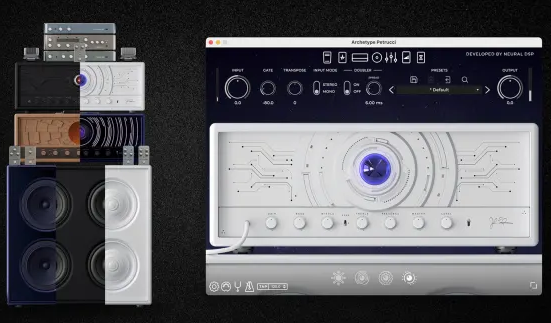
Created with the famed Dream Theater guitarist, the Petrucci plugin goes for tone with pre effects, stompboxes, four amps, cabsim module, EQ, MIDI controllable volume pedal., and more.
Tone, more than just being half, is the half that you can tweak. You can play around with it, unlike what your guitar is made of. It’s like the second half in which you have a lot of freedom to play around with, and to actually express yourself with. I see it as another dimension of expression – artistic expression on top of the music you play and the music you write.
That’s an interesting way to express what guitar tone is.
I’ve found that for many people, me included, building these tones can be as rewarding as playing music itself. It’s a creative process: You experiment, you play around with things, you buy a pedal, you change the order of your pedal board.
Put it in software, and now you can add new effects and then you can truly craft your own unique voice. Guitar plugins have this adventurous, gamified aspect to music which I find really cool.
It’s a different mindset for crafting a guitar sound.
I think a lot of people get a lot of enjoyment out of discovering sounds and playing around with these tools. That’s why pedals and now modelers and software are such a big part of the industry. They can truly make things fun.
You know what happens sometimes – you hit a rock or you don’t feel like learning new songs. I’ve heard a lot of people that have a Quad Cortex saying that they fell in love with the guitar again, or they rekindled their passion for playing, just because it inspired them to play or practice more.
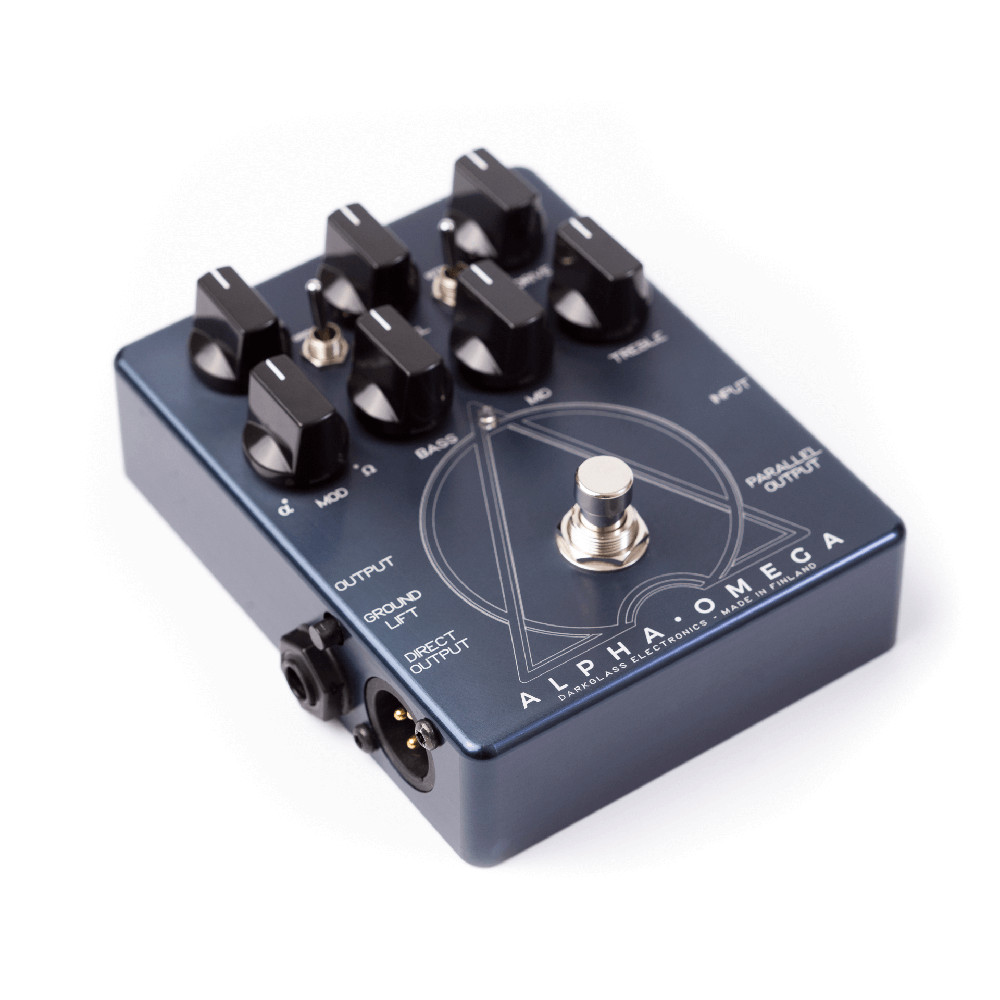
Karnivool bassist Jon Stockman poured his diabolical distortions into the Darkglass Electronics pedal Alpha · Omega.
To take it one step further for you, as a listener, when you hear a guitarist or a bassist with good tone, what does that do to you? What kind of response does that provoke?
It’s as important as the notes, as the melodies of the song. One of my favorite bands is Karnivool from Australia, check out their [2009] album Sound Awake. What I like about their bass distortion is that it’s full of contradictions: Usually the more bass you have, the more it gets distorted, and the fuzzier things get.
So having a tight-sounding bass distortion [like Karnivool bassist Jon Stockman] is not very easy to do. When I was doing the first Darkglass stuff 15 years ago I had to do things that were very unorthodox, so I love the fact that a bass tone comes on huge and tight at the same time. It’s almost like engineering something.
I also like the tone of Tool [bassist Justin Chancellor], Billy Sheehan, Rush [bassist Geddy Lee], all of these iconic bass players. They all seem to have figured out their own technique to get these tones. I respect that a lot. I try to figure out to this day how Tool gets their tone. I’m still trying to reverse engineer their pedal board and bass.
AI/ML for Audio System Design: Pros and Cons
Let’s shift gears and talk about AI/ML (artificial intelligence/machine learning). What role does it play in your design process? Why is this increasingly important in audio software design?
It’s interesting because I think when technology gets super-in-the-mainstream vernacular, it’s so easy to over-hype it. Which is great for marketing, but ultimately you also need to design systems that work really well and efficiently.
Machine learning is almost the worst way to do almost anything. I think you should use it only when you have no other choice. In our case, it was because when we did the math for the amount of amps we needed to model for the Quad Cortex, it would’ve taken a team 10 times our size 10 times the amount of time we had allocated for the product. It was impossible for us to afford waiting that long.
Using AI/ML was like a desperate attempt to automate the process. That’s where the whole thing sort of started. We were lucky enough to run into some very bright and talented machine learning and DSP experts that were working on a very similar problem for research, and took them out for drinks and dinner a ton of times.
Doing a model of an amplifier is super difficult. You need a lot of different skills, and people who can do the whole thing are very smart and usually very rare. We have a lot of world-class people who we’re working with.
[My critique of AI/ML is] it’s really hard to do. It’s really expensive computationally. But when nothing else is viable, then the thing that’s almost impossible is better than the things that are 100% impossible.
You’ve taken some shots here at AI for audio, but are there some advantages that you’ve found about it?
A lot, because our process doesn’t involve analyzing a circuit, but instead analyzing what the circuit does to the signals, which means listening to recording test signals. That means that we can recreate things without having to understand them.
There are parts of a tube amp that very few people understand, and probably nobody truly fully understands. That’s the frontier to cross: How do you recreate everything that a tube amp does down to the physics level?
Some people get pretty close, but it’s not 100% there yet. And, if you need to understand what an output transformer does, good luck! There’s not enough research done.
But again, if I can detect the effect, I don’t need to understand it. I just have to recreate it. This is where machine learning-based black box modeling can be not only a big time saver, and a more efficient way to model an amplifier, but also more effective in terms of accuracy.
Guitar Plugins in the Studio: An Artist Assist
What advantage do good guitar plugins give a guitarist when they’re recording? How do they help their creativity and recording quality?
One thing that I’ve found is that you can be really good at dialing in your amp in the rehearsal. For example, you can set the gain and you don’t have to do a really good sound prep for the cabinet in the room.
But once you have to mic that up, and make it sound really good, that’s a whole new ballgame. That’s a new skill you need to learn. And if you don’t have experience in that, it’s very easy to mess it up. You can have weird phase issues if you’re doing multi-mic setups.
Whereas in a plugin all that’s already sorted out, so you get a mix-ready sound effortlessly. The noise component is another consideration: If you’re recording at home and you live in an apartment building, or you don’t have proper space, even getting the acoustics right will be an issue, and you’ll bother a lot of people around you.
Plugins can free up energy for you to focus on what matters, which is the music and making it sound good. A big part of what we’re trying to do is free up bandwidth, so you can focus on the creative part of making music and not all of these more utilitarian procedures that used to be a big part of production, that now don’t necessarily have to be.
Looking Ahead: The Next Audio Business Trends
What advice do you have for someone who also aspires to be an audio industry entrepreneur? How can they get ahead, and what are the hazards they should watch out for?
What’s worked really well for me is to create the tools that you want to use yourself. If the tool you want doesn’t exist, make it. Start in the smallest niche possible.
Bass is a tenth of the guitar market, and metal bass is probably like 25% of it. The world is so big that even that tiny niche was still millions of dollars worth of product sold every year. That’s what Darkglass still does, and was doing, before I sold it [to Korg].
So, the world is big, don’t be afraid to find a very small niche that you really care about, and try to conquer that. Conquer your own little bubble, and then you can expand into other things and grow. But don’t be afraid to start very small if that’s what you care about.
Doug, it sounds like you had some pretty tough moments in business. How did you pull yourself through those challenging times?
One thing that really helped me was that I saw my life as a story that I would hopefully get to tell at some point. And every time things were darker and worse and worse, I just saw that the story is going to be more epic: “When I overcome all this and make it big, it’ll be these moments that will actually make things really interesting and inspiring.”
I told myself that, and although I felt like everything was doomed a lot of times, I still was able to get out of bed every day and do what I knew needed to get done, even when it felt pointless.
That’s a skill that saved me many times. If you know what you need to do, get it done that day so things get a little bit better. You just get up and try to do your best, and the next day, the same. Before you know it, things actually get better.
— David Weiss is an Editor for SonicScoop.com, and has been covering pro audio developments for over 20 years. He is also the co-author of the music industry’s leading textbook on synch licensing, “Music Supervision, 2nd Edition: The Complete Guide to Selecting Music for Movies, TV, Games & New Media.” Email: david@sonicscoop.com
Please note: When you buy products through links on this page, we may earn an affiliate commission.







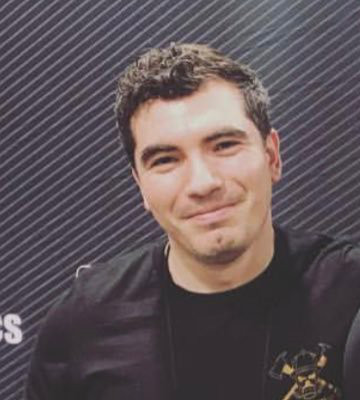
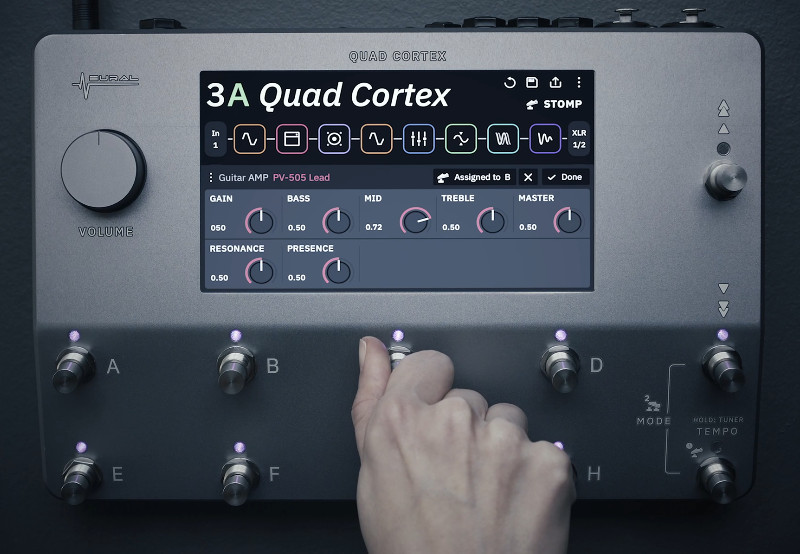
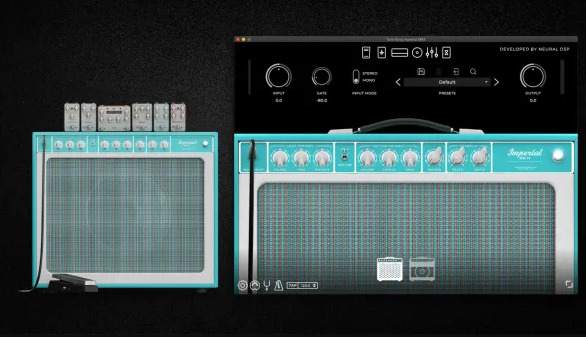
[…] source […]